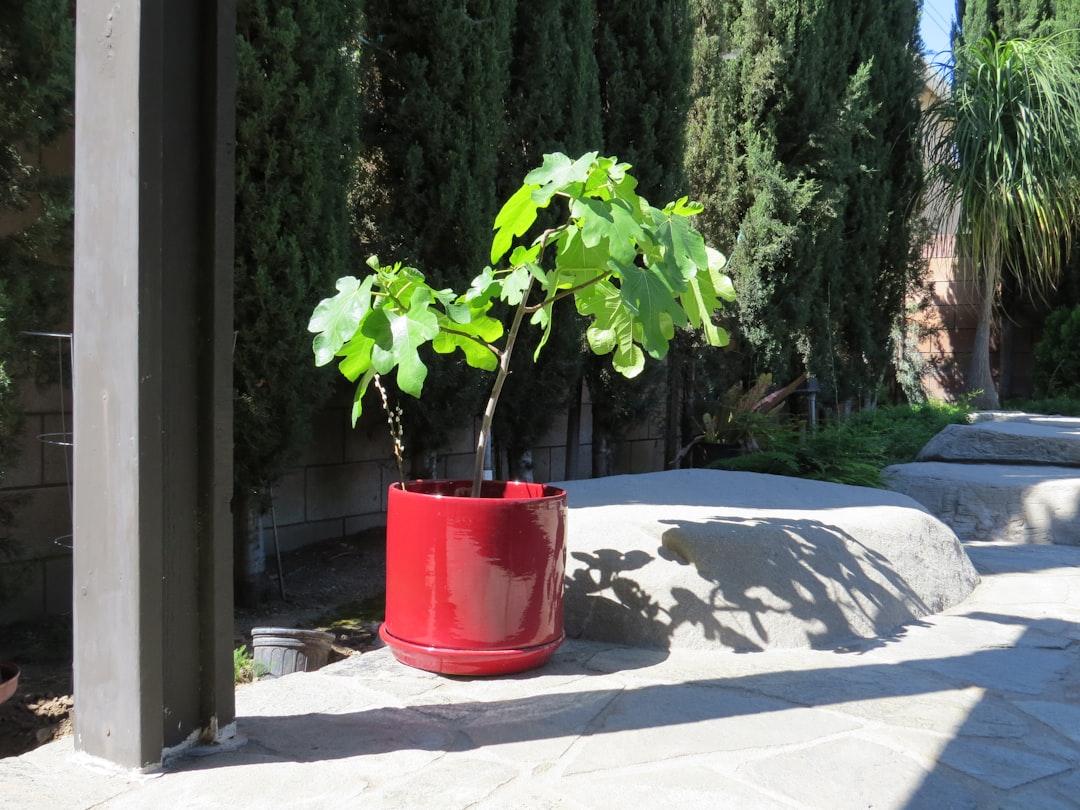Unveiling the Beauty of Dieffenbachia: A Tropical Houseplant Marvel

Houseplants have long been cherished for their ability to bring a touch of nature indoors, and among the many options available, dieffenbachia, commonly known as dumb cane, stands out as a popular choice. With its large, showy leaves, this tropical houseplant adds a touch of elegance and vibrancy to any living space. In this article, we will explore the fascinating world of dieffenbachia and learn how to grow and care for this beautiful plant.
### The Allure of Dieffenbachia
The dieffenbachia plant is native to the tropical regions of Central and South America. Its large, variegated leaves, which can range in color from deep green to yellow and white, make it a visually striking addition to any room. The plant's unique foliage patterns, often featuring spots or streaks, add to its charm and make it a favorite among plant enthusiasts. In addition to its aesthetic appeal, dieffenbachia is also known for its air-purifying properties, helping to remove harmful toxins from the air and improve indoor air quality.
### Choosing the Right Location
One of the key factors in successfully growing dieffenbachia is choosing the right location. This plant thrives in bright, indirect light, so it's best to place it near a window that receives plenty of sunlight but is not exposed to direct sunlight, which can scorch the leaves. Avoid placing the plant in areas with drafts or extreme temperature fluctuations, as this can cause stress and damage to the plant. Dieffenbachia also prefers a humid environment, so consider placing a humidifier near the plant or misting the leaves regularly to keep the air moist.
### Soil and Watering Requirements
Dieffenbachia prefers well-draining soil that is rich in organic matter. A good potting mix for this plant should include a combination of peat moss, perlite, and vermiculite. When watering dieffenbachia, it's important to keep the soil evenly moist but not waterlogged. Overwatering can lead to root rot, while underwatering can cause the leaves to wilt and turn brown. To determine when to water, stick your finger into the soil up to the second knuckle. If the soil feels dry at this depth, it's time to water. During the growing season, which typically runs from spring to fall, water the plant more frequently, and reduce watering during the winter months when the plant is dormant.
### Fertilizing and Pruning
To keep your dieffenbachia healthy and thriving, it's important to fertilize it regularly. Use a balanced, water-soluble fertilizer once a month during the growing season, following the instructions on the fertilizer package. Avoid overfertilizing, as this can cause salt buildup in the soil and damage the plant. Pruning is also an important part of dieffenbachia care. Remove any yellow or brown leaves as soon as you notice them, as this can help prevent the spread of disease. You can also prune the plant to control its size and shape. Use sharp, clean pruning shears to make clean cuts, and avoid cutting too close to the main stem.
### Propagation
If you want to expand your dieffenbachia collection or share the plant with friends and family, propagation is a great option. Dieffenbachia can be propagated through stem cuttings. To propagate the plant, take a stem cutting that is at least 4-6 inches long and has several leaves. Remove the bottom leaves from the cutting, and dip the cut end in rooting hormone. Plant the cutting in a pot filled with moist potting soil, and place it in a warm, bright location. Keep the soil moist but not waterlogged, and within a few weeks, the cutting should start to develop roots.
### Common Pests and Diseases
Like all plants, dieffenbachia is susceptible to pests and diseases. Some of the common pests that can affect this plant include spider mites, mealybugs, and scale insects. To prevent pest infestations, keep the plant clean and free of debris, and regularly inspect the leaves for signs of pests. If you notice any pests, you can use an insecticidal soap or neem oil to treat the plant. Dieffenbachia is also prone to diseases such as leaf spot and root rot. To prevent disease, avoid overwatering the plant and make sure it has good air circulation. If you notice any signs of disease, such as yellow or brown spots on the leaves, remove the affected leaves and treat the plant with a fungicide.
### Conclusion
Dieffenbachia is a beautiful and easy-to-care-for tropical houseplant that can add a touch of elegance and vibrancy to any living space. By following the tips and guidelines outlined in this article, you can successfully grow and care for this plant and enjoy its beauty for years to come. Whether you're a seasoned plant enthusiast or a beginner, dieffenbachia is a great choice for anyone looking to add a little greenery to their home.